release time:2021-12-24 17:03:26
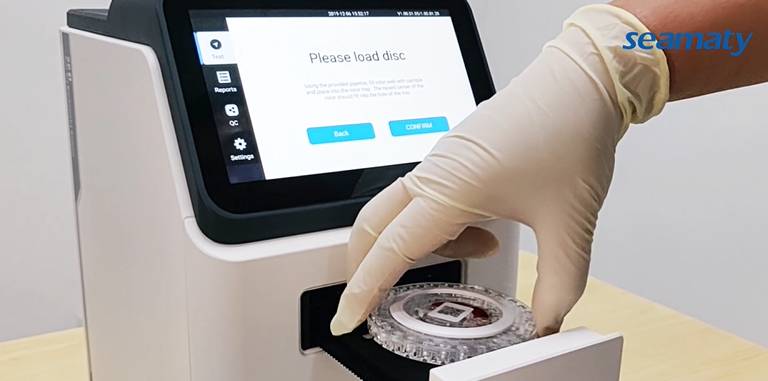
The SD1 has three simple steps to obtain test results in 12 minutes.
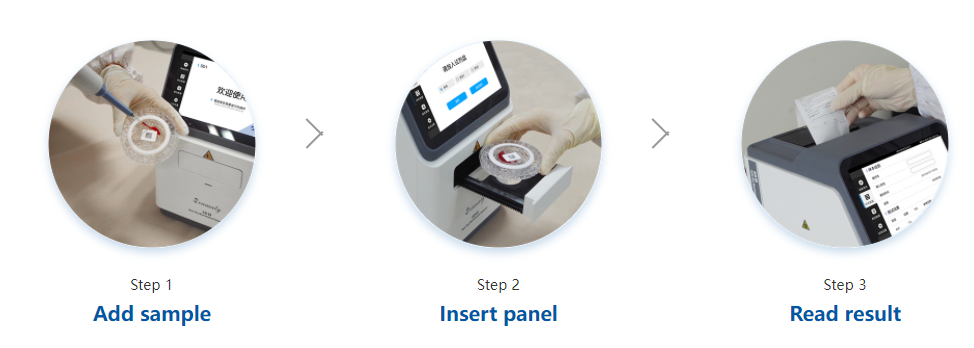
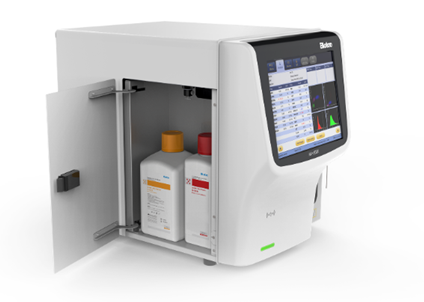
2022-10-10
Blood consists of two major parts: the fluid and the tangible cells. The blood test (hematology test) is a test of the cellular part of the blood. Blood has three different functions of cells - red blood cells, white blood cells, and platelets.
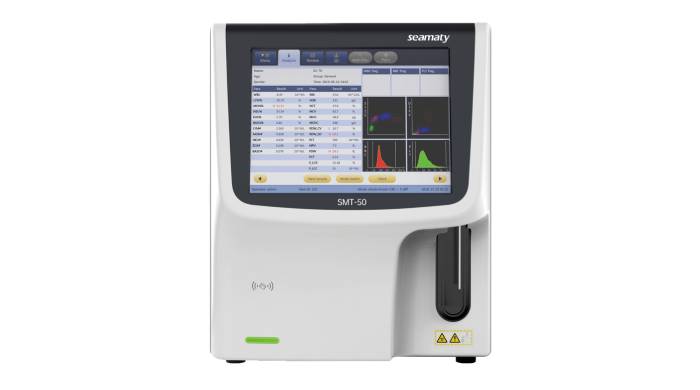
2022-04-12
A routine blood analysis is actually a blood cell analysis. Blood cells are also known as "blood cells", so it can also be called a blood cell analysis. Blood cells are cells that are found in the blood and travel throughout the body with the flow of blood.
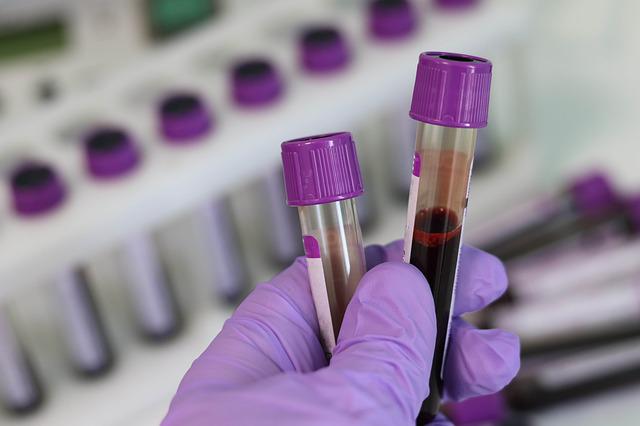
2021-11-22
In the previous article, we learned what lipidemia is and how it affects biochemical test results. So what should we do? How can we reduce the interference of lipid samples on biochemical analysis results? Four methods are described below.